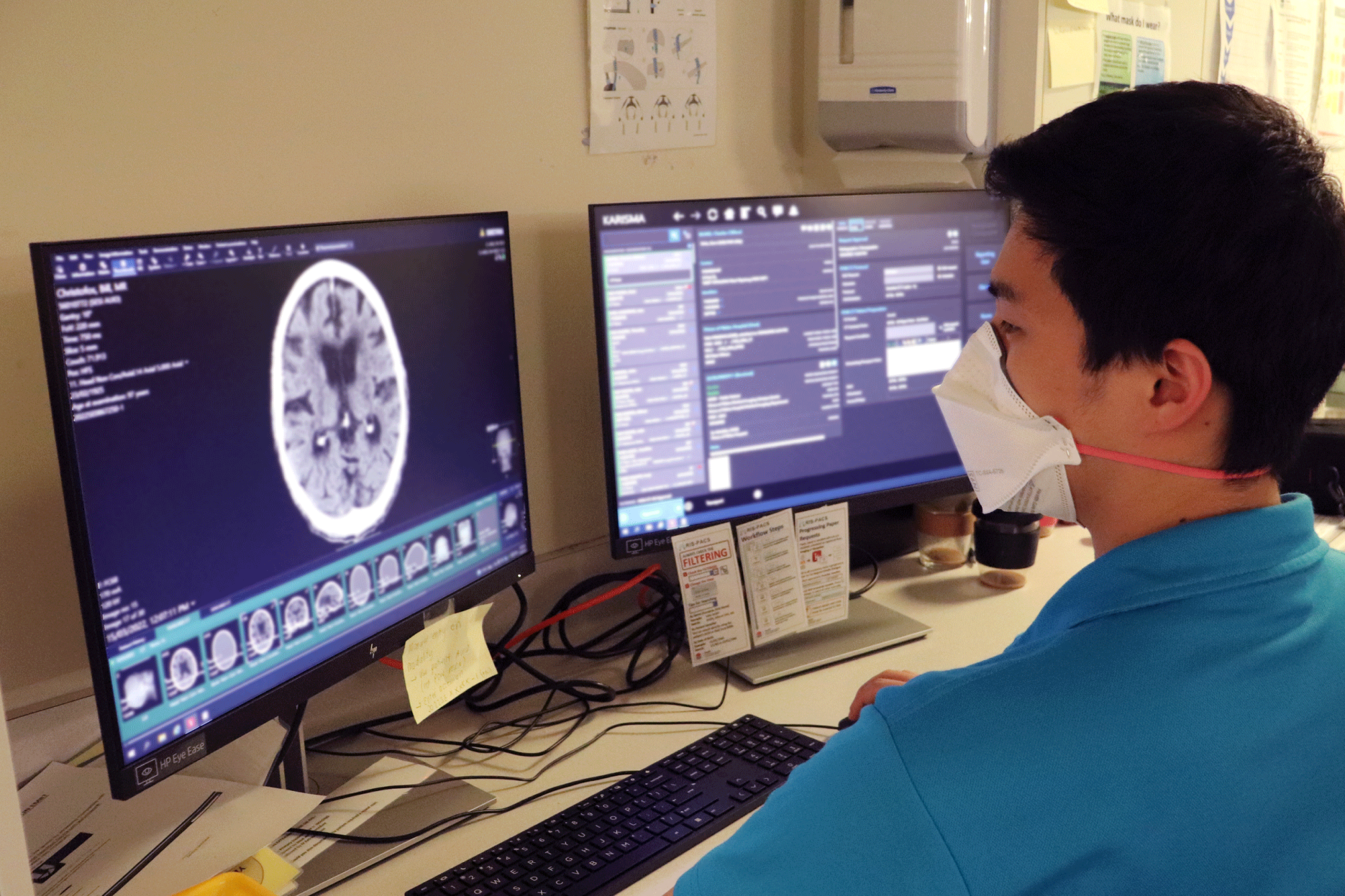RIS-PACS stores key information, digital images and results, for instant access by public hospital-based treating teams across the state. In simple terms, it means a patient’s medical imaging history can be tracked from image request (e.g. x-ray, CT scan etc) through to diagnosis no matter where they are treated across NSW Health.
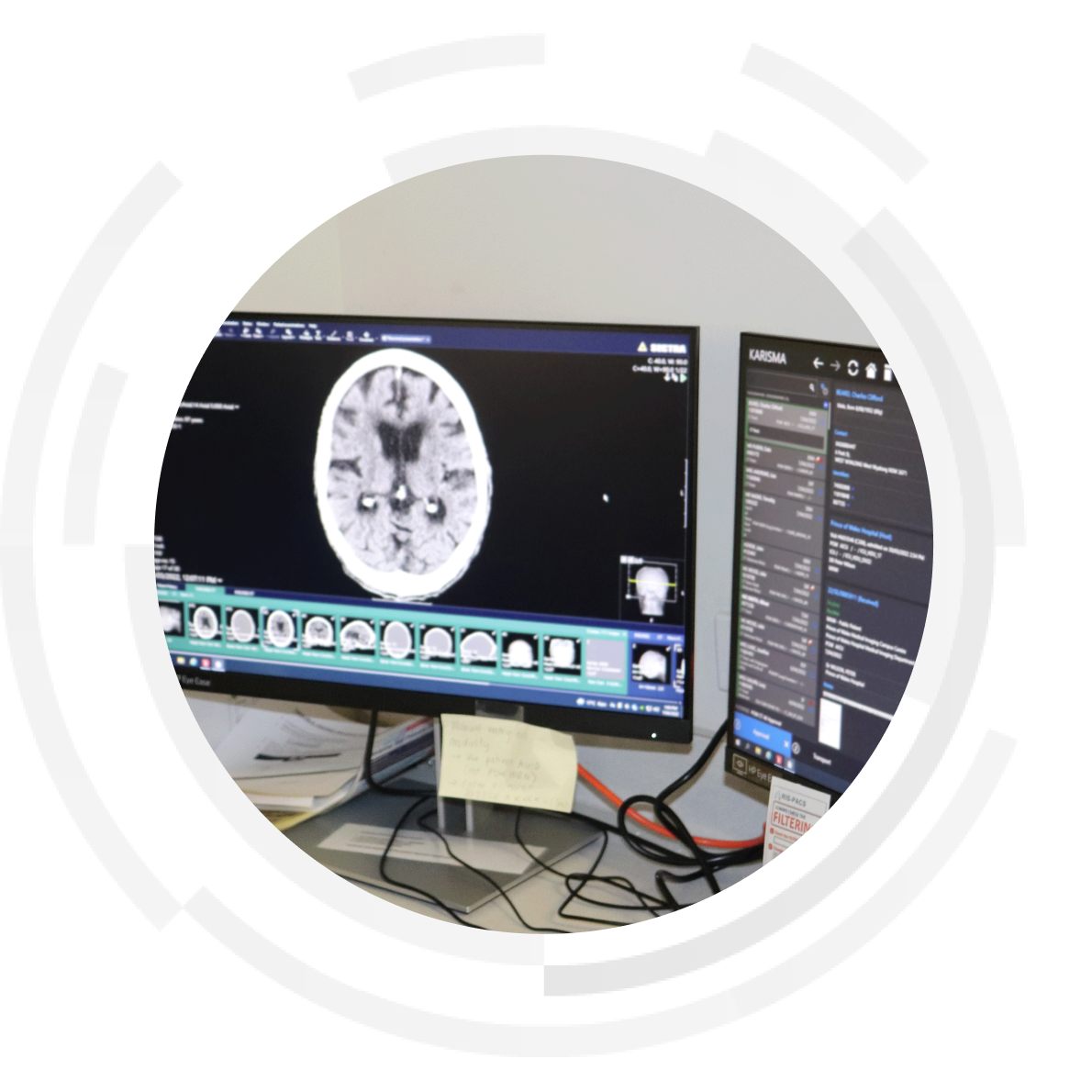
The Challenge
Millions of medical images and reports are created, captured and stored at NSW public hospitals every year. This information needed to be stored safely and be readily accessible for clinicians statewide.
Multiple different and ageing systems made accessing a patient’s complete imaging history, comparison images or reports difficult. NSW Health required a single centralised solution to streamline and future-proof medical imaging services across NSW.
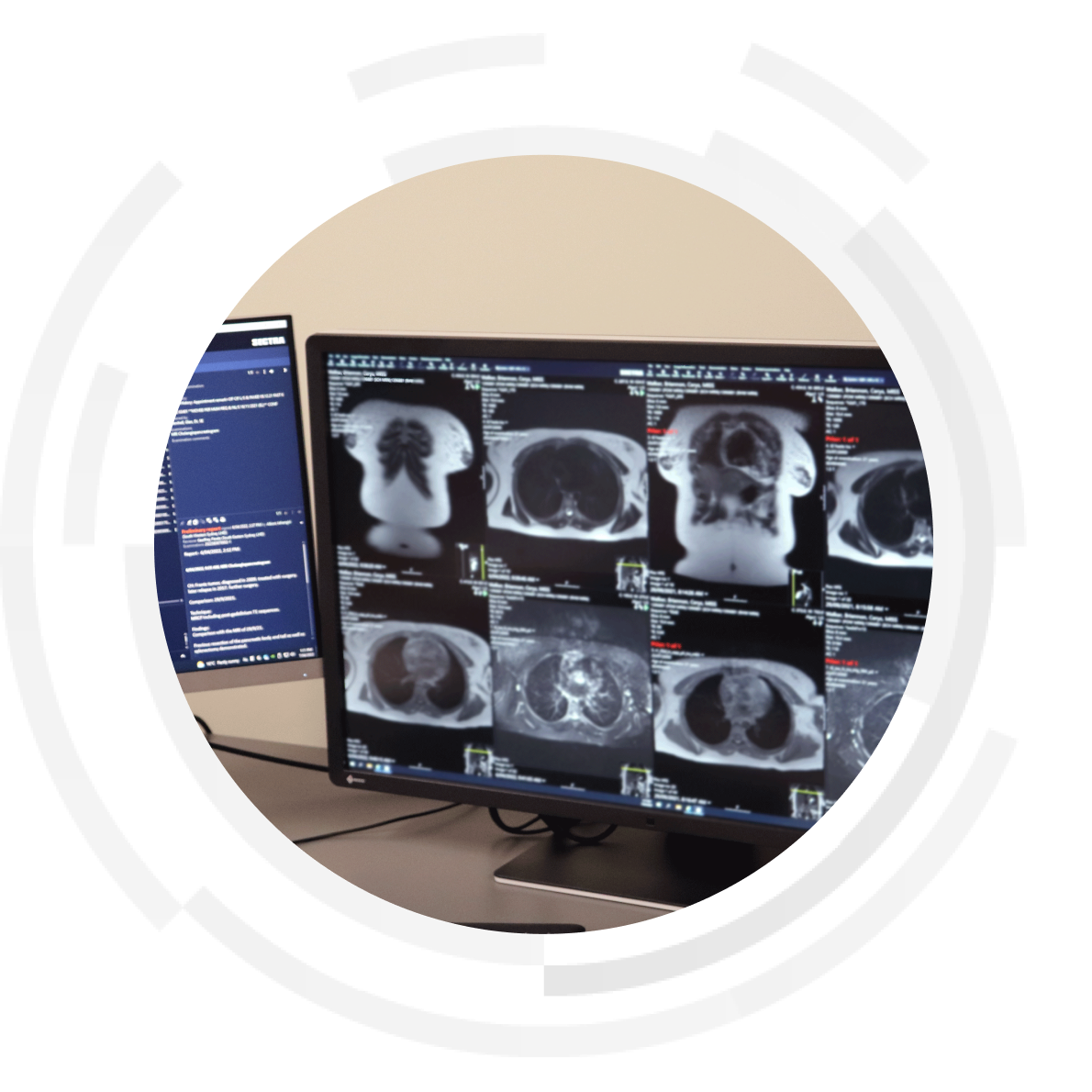
The Plan
eHealth NSW partnered with local health districts, specialty health networks and an external vendor to deliver a consolidated, safe and secure medical imaging solution. The project integrated different imaging, archive and IT systems into one robust statewide platform.
RIS-PACS was designed to integrate with existing databases across the NSW Health network (including LHDs, specialty health networks and pillars, and the NSW Hospital network) to provide a single source of truth for imaging information. It also integrates with other core clinical systems, including the electronic medical record (EMR), patient administration system (PAS) and enterprise imaging repository (EIR).
LHD leaders and clinicians provided extensive input into the solution design and were involved from conception to implementation.
Each hospital and health service onboarded has an individual imaging workflow management process which feeds into the central archive. This allows them to configure the system to better meet their workflow requirements.
The solution can also scale with increasing demand and include additional imaging services (beyond medical imaging departments) as technology changes.
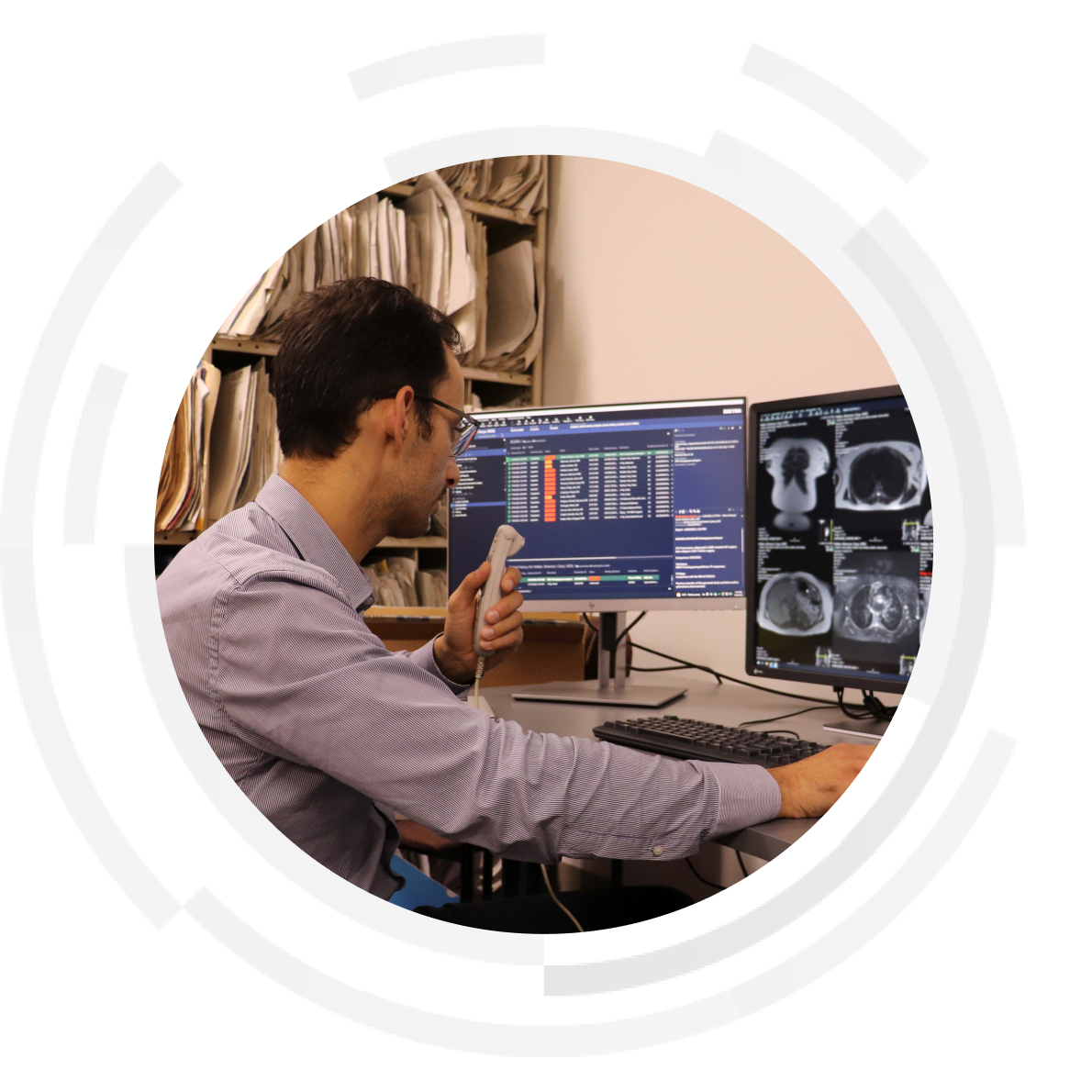
The Outcome
RIS-PACS represents one of the most significant digital changes to NSW Health infrastructure to date. It’s now live across 46 sites, encompassing nine Local Health Districts and Specialty Health Networks: Mid North Coast and Northern NSW, Western Sydney and Nepean Blue Mountains, Northern Sydney and Central Coast, South Eastern Sydney, South Western Sydney and Sydney Children's Hospital Network (Westmead).
The RIS-PACS solution provides a patient-centred approach to imaging storage and access. Each patient is linked to a single secure statewide record, making it quick and easy to access their diagnostic reports and images.
In addition to building the imaging database for new scans, more than one billion archived images were transferred into the system, providing greater access and better data storage, security and reliability.
Standardised radiology practices were also created across NSW Health and health professionals are expecting to see further improvements to administrative processes and clinical workflows.
RIS-PACS is expected to be operational at 90 public hospitals by late 2023, when its rollout concludes.
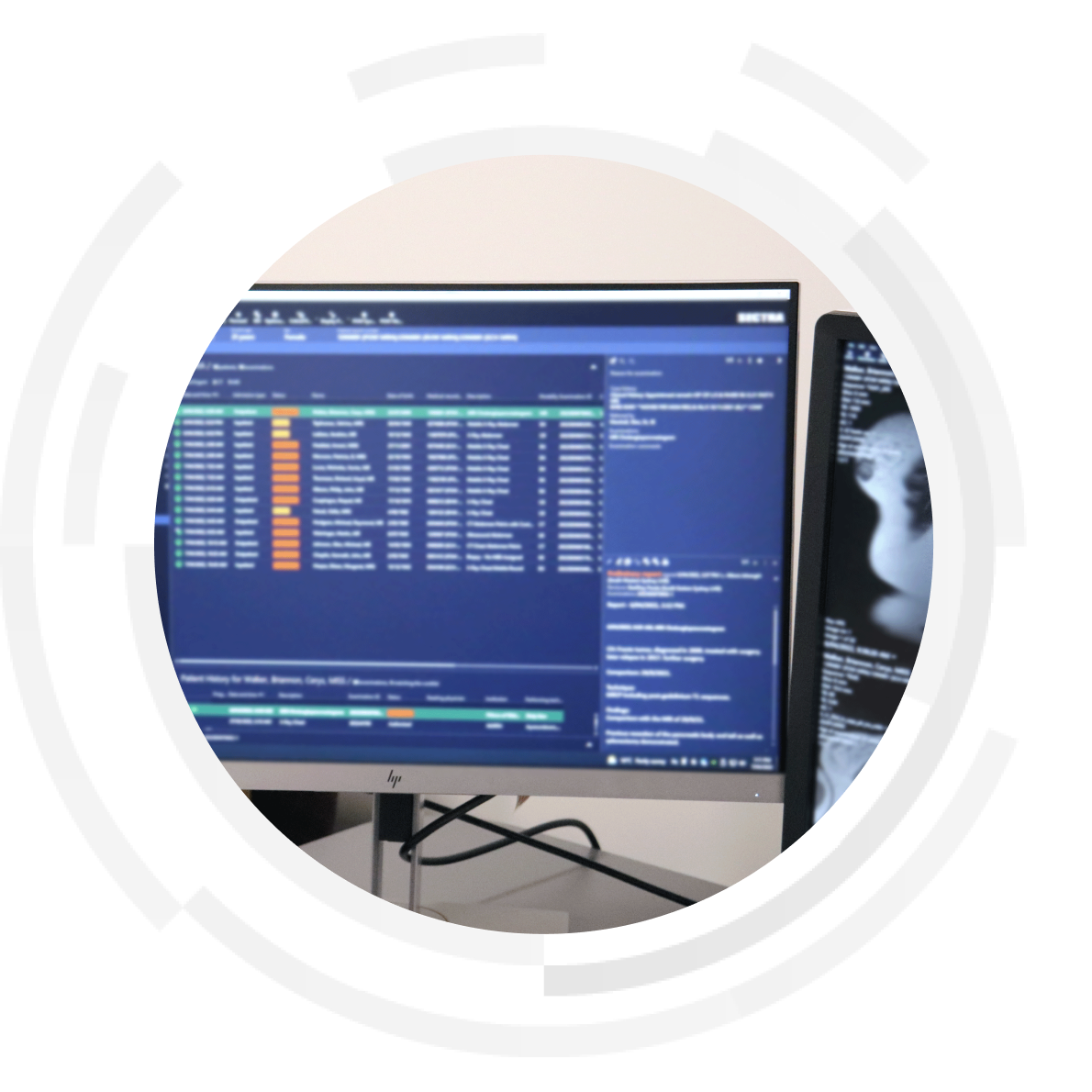
The Benefits
- Improved diagnostic processes with rapid, direct access to patient records for clinicians, including via mobile devices
- Increased clinical information sharing across services and locations
- Reduction in need for repeat testing after medical transfers
- Improved security of patient information by storing images on a secure and fully auditable system
- Integration with other NSW Health systems to provide clinicians with a complete picture of the patient’s health status
- Vendor-neutral archiving, meaning different types of images can be stored and readily retrieved no matter what format they are in or which system they came from originally.
Data correct as of November 2023
Related solutions
The Electronic Medical Record (eMR) system replaces many patient paper charts & forms used in hospital wards, outpa…
The Enterprise Imaging Repository (EIR) is an award-winning centralised system that allows clinicians and radiologi…

